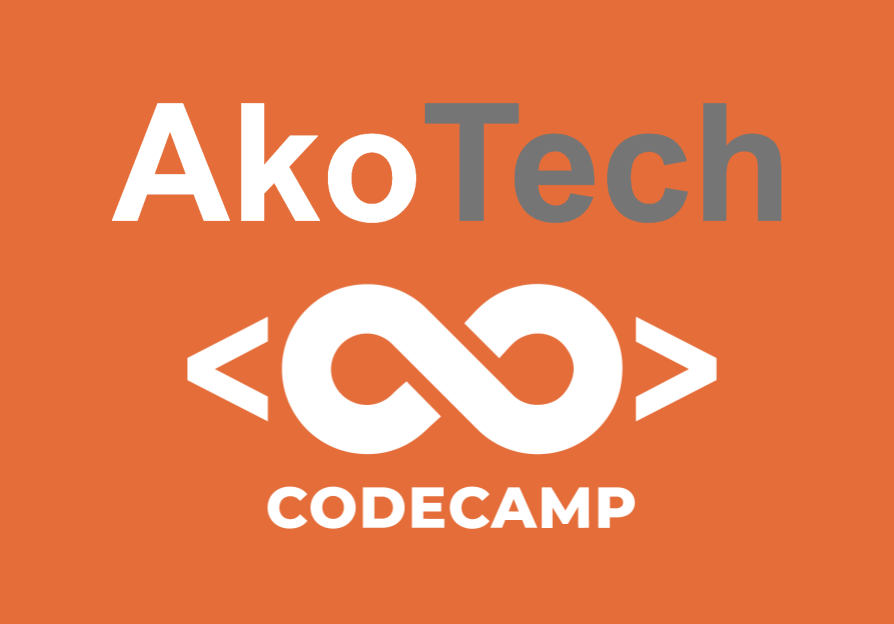Lego WeDo 2.0 Projects
LEGO® Education WeDo 2.0 is developed to engage and motivate young students’ interest in learning science- and engineering-related subjects. This is done through the use of motorized LEGO models and simple programming.
WeDo 2.0 supports a hands-on, “minds on” learning solution that gives students the confidence to ask questions and the tools to find the answers and to solve real-life problems.
Students learn by asking questions and solving problems. We do not tell students everything they need to know. Instead it makes them question what they know and explore what they do not yet understand.
WeDo 2.0 projects will develop science practices. They provide opportunities for students to work with and develop ideas and knowledge as well as an understanding of the world around them.
The progression and difficulty level in the projects allow students to develop competency while exploring and learning about key science topics. The projects have been carefully chosen to cover a wide variety of topics and issues.
WeDo 2.0 projects develop eight science and engineering practices:
1. Ask questions and solve problems.
2. Use models.
3. Design prototypes.
4. Investigate.
5. Analyze and interpret data.
6. Use computational thinking.
7. Engage in argument from evidence.
8. Obtain, evaluate, and communicate information.
Computational Thinking
Computational thinking is a set of problem-solving skills that are applied to working with computers and other digital devices. In WeDo 2.0, computational thinking is handled in a developmentally appropriate manner through the use of icons and programming blocks.
Computational thinking characteristics include: • Logical reasoning
• Looking for patterns
• Organizing and analyzing data
• Modeling and simulations
• Using computers to assist in testing models and ideas • Using algorithms to sequence actions
Its application in science and engineering projects enables students to use powerful digital tools to carry out investigations and build and program models, which might otherwise be tricky to do. Students use programs to activate motors, lights, sounds, or displays, or to react to sounds, tilt, or movement to implement functionalities to their models or prototypes.
Overview Of Guided Projects
1. Pulling – Investigate the effects of balanced and unbalanced forces on the movement of an object.
2. Speed – Investigate what factors can make a car go faster to help predict future motion.
3. Robust Structures
4. Frog’s Metamorphosis
Model a frog’s metamorphosis using a LEGO representation, and identify the characteristics of the organism at each stage.
5. Plants and Pollinators- Model a LEGO representation of the relationship between a pollinator and flower during the reproduction phase.
6. Prevent Flooding – Design an automatic LEGO floodgate to control water according to various precipitation patterns.
7. Drop and Rescue- Design a device to reduce the impacts on humans, animals, and the environment after an area has been damaged by a weather-related hazard.
8. Sort to Recycle- Design a device to use physical properties of objects, including their shape and size, to sort them.
